The Importance of Closed Loop Systems in Sustainability Reporting
 Share
Share
 Copy Url
Copy Url
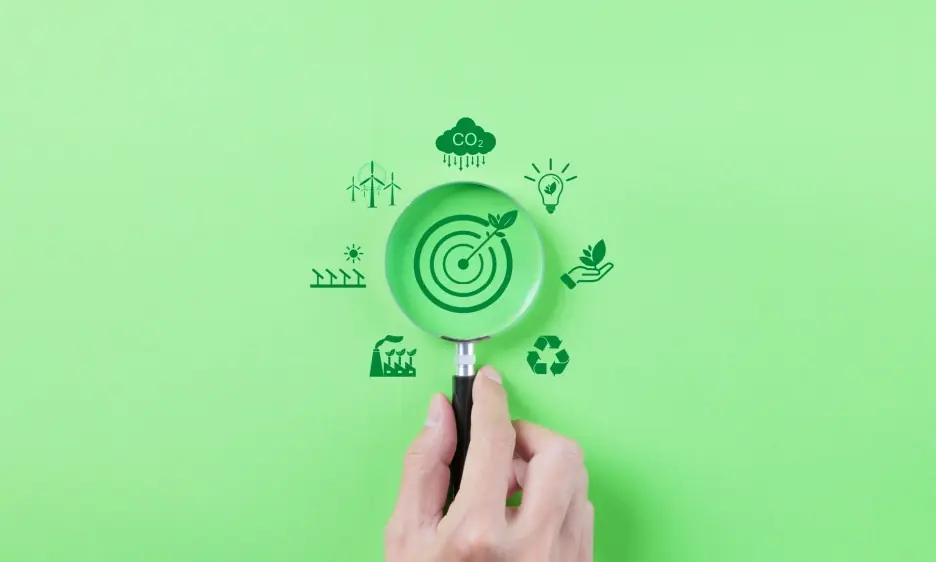
A closed loop system is becoming a hot topic in the sustainability world. But what is a closed loop system, exactly? A closed loop system is a process where waste or outputs are recycled back into production, reducing resource depletion. This idea is gaining popularity as businesses look for smarter ways to cut waste, save resources, and boost efficiency. From natural ecosystems to modern industries, closed loop control systems show real promise. As companies adopt sustainable practices, understanding how these systems work is key. This article will explore these concepts and offer practical insights into their applications.
In today's competitive landscape, businesses can't ignore the sustainability factor. Implementing a closed loop system helps the environment and enhances a company's reputation and efficiency. This article will cover key topics, including how these systems work, their role in sustainable business practices, and their importance in sustainability reporting. We'll also showcase successful case studies and offer practical tips on transitioning to a closed loop system. If you're looking to boost your sustainability efforts and business outcomes, this guide is for you.
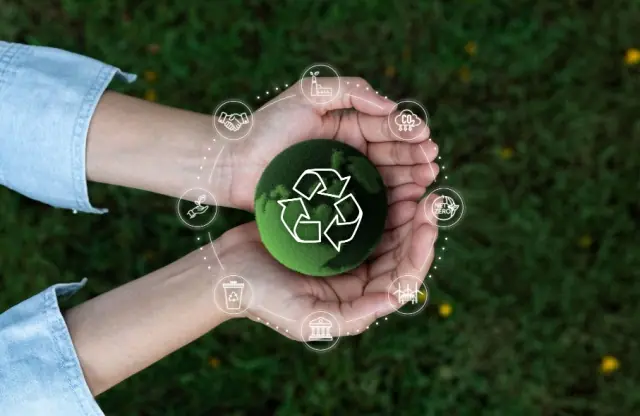
What is a Closed Loop System?
A closed loop system is a sustainable approach where waste and by-products are continually reused or recycled, preventing them from becoming waste. This contrasts with traditional linear models, which follow a take-make-dispose path. In this system, materials circulate within the production cycle, reducing the need for new resources and lowering environmental impact. It is key to the circular economy, extending the life of products and materials. These systems are crucial for businesses adopting green practices, ensuring more efficient resource and energy use while minimizing waste.
How Closed Loop Systems Function in Natural and Industrial Contexts
In nature, a closed loop system mirrors the concept of ecosystems where resources are constantly recycled. For example, plants absorb nutrients from the soil, grow, and eventually decompose, returning nutrients back to the soil. This creates a self-sustaining cycle. In industrial contexts, the same principle applies. Waste products from one process become inputs for another, creating a continuous loop. For instance, in manufacturing, materials can be reused, such as when leftover materials are repurposed into new products. This reduces the need for raw resources and promotes sustainable business practices.
Examples of Closed Loop Systems in Practice
Sierra Nevada Brewing Company: They reuse waste generated from the brewing process, such as spent grains, which are composted and used to grow more barley and hops. This creates a sustainable cycle in their production.
Nike: Nike integrates closed loop systems by using recycled materials in their products. For instance, their Nike Air soles are made from over 75% recycled material, significantly reducing waste and resource consumption.
For Days (Sustainable Fashion): This company allows customers to return worn-out clothes, which they then recycle into new garments. This reduces waste in the fast fashion industry and promotes circular fashion.

The Role of Closed Loop Systems in Sustainable Business Practices
Closed loop systems improve resource efficiency by constantly reusing and recycling materials. This reduces the need for new raw resources. In manufacturing, old materials are used to make new products, keeping valuable resources in circulation longer. This helps cut waste and improves the use of materials, which is important for sustainability. By following a circular economy model, businesses can save energy and lower costs. Over time, this creates a production cycle that supports environmental goals and promotes efficient use of resources.
Closed loop systems are closely tied to waste reduction. They reduce waste by reusing or recycling materials within the production process instead of throwing them away. This lowers the environmental impact of manufacturing and keeps more waste out of landfills. By adopting these systems, businesses can avoid greenwashing and show real commitment to sustainability, boosting their credibility.

Benefits of Closed Loop Systems in Sustainability Strategies
1. Cost Reduction
By reusing materials, businesses save on raw material costs and waste disposal fees.
2. Resource Conservation
These systems help conserve finite resources by reintroducing waste into production processes.
3. Lower Environmental Impact
Reusing materials reduces pollution and lowers the business's overall carbon footprint.
4. Enhanced Corporate Reputation
Businesses that showcase their commitment to closed loop systems improve their image as environmentally responsible, attracting positive public perception.
5. Stakeholder Trust
Demonstrating strong sustainability practices builds trust with investors, customers, and regulatory bodies, positioning the company as a leader in sustainable business practices.
6. Regulatory Compliance
Governments are increasingly encouraging circular economy practices, so these systems help companies comply with regulations.
7. Innovation Opportunities
Transitioning to closed loop systems often encourages innovation in product design and processes.
8. Reduced Supply Chain Disruption
By relying less on new resources, businesses are less vulnerable to supply chain fluctuations.
9. Increased Competitiveness
Companies with strong sustainability practices can stand out in the marketplace.
10. Customer Loyalty
Businesses that are seen as environmentally responsible can attract and retain eco-conscious customers.
11. Long-Term Sustainability
Closed loop systems contribute to the long-term viability of business operations by fostering sustainable growth.
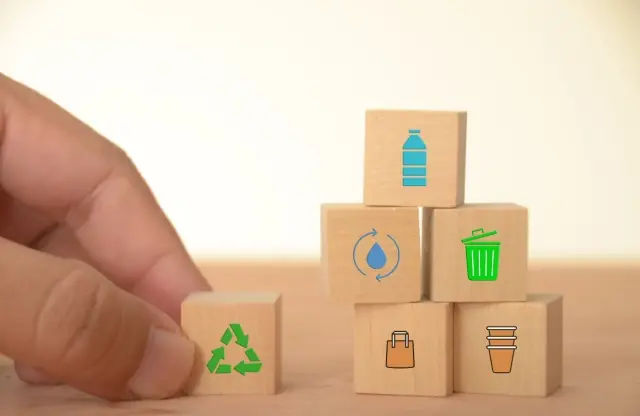
Closed Loop Systems in Sustainability Reporting
These systems are becoming more important in sustainability reporting for businesses. They help companies track how they recycle and reuse resources, which supports global sustainability goals.
Integration into Sustainability Reports
Businesses can add closed loop systems to their sustainability reports by showing how they recycle, reuse, or upcycle materials. These reports detail actions taken to cut waste, conserve resources, and reduce environmental impact. Companies often showcase cradle-to-cradle strategies, where materials are designed to re-enter the production cycle. Sharing these practices helps businesses meet global sustainability goals and comply with regulations. Many companies also highlight the circular economy approach to plastic waste, showing how reusing old plastics cuts the need for new materials.
Key Metrics and Indicators
Resource Circularity: Measures how effectively a business keeps resources in use through recycling or reuse. Higher circularity means less reliance on raw materials.
Waste Diverted from Landfill: Tracks the percentage of waste recycled or reused rather than sent to landfills, reducing environmental impact.
Percentage of Recycled Materials Used: Shows the proportion of recycled materials in new products, reducing the demand for virgin materials.
Energy Efficiency Gains: Monitors energy savings achieved by recycling materials instead of producing new ones.
Waste Management Efficiency: Evaluates the effectiveness of systems in place to manage waste streams and ensure minimal environmental damage.
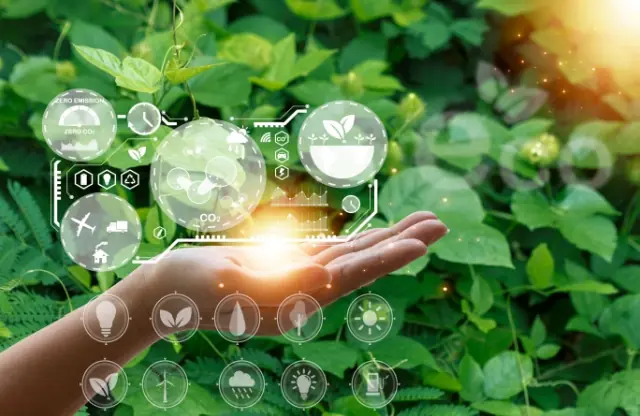
Case Studies: Success Stories of Closed Loop Systems in Sustainability Reporting
Closed loop systems are helping industries cut waste and boost sustainability. Many companies have included them in their sustainability reports, showing positive results. Below are five examples of companies that have done this successfully, focusing on sustainability, CSRD compliance, and the reuse-recycle-regenerate model.
1. Jaguar Land Rover - REALCAR Project
Jaguar Land Rover’s REALCAR project recycles aluminium waste from car manufacturing into new vehicle panels. Partnering with Novelis, they created a circular value chain. This reduces the need for new materials and lowers carbon emissions. Their sustainability reports highlight how the project aligns with global goals and saves costs long-term.
2. Dell - Electronics Takeback Programme
Dell operates the world’s largest electronics takeback programme, across 83 countries. They collect and recycle electronics, reusing materials like plastic and metals in new products. This initiative has helped Dell use over 10.5 million pounds of recycled plastic and shows up in their reports as part of their commitment to cutting e-waste.
3. Unilever - Circular Plastics Program
Unilever’s circular plastics program recycles plastic packaging into new products. This approach reduces plastic waste and virgin plastic use. Their reports emphasize the environmental benefits, meeting CSRD standards and earning consumer trust.
4. KLM Royal Dutch Airlines - Circular Economy in Aviation
KLM is leading the way in sustainability in the aviation industry by recycling materials from old planes to use in new aircraft. This reduces waste and promotes sustainability. KLM highlights this in their sustainability reports, showing how they meet the aviation industry's push for more sustainable practices while staying compliant with the Corporate Sustainability Reporting Directive (CSRD).
5. Coca-Cola - Bottle-to-Bottle Recycling
Coca-Cola’s closed loop system recycles plastic bottles into new ones. This helps them aim for 50% recycled content in packaging by 2030. Their reports showcase this effort, proving their commitment to reducing plastic waste and supporting long-term sustainability goals.
These examples show that closed loop systems not only benefit the environment but also help companies improve business performance while meeting sustainability standards.

How to Transition to a Closed Loop System for Better Sustainability Reporting
Adopting a closed loop system can greatly improve a company’s sustainability efforts and reporting. It helps minimize waste, conserve natural resources, and build stronger environmental credentials. Here are practical steps to help businesses implement a closed loop system, along with a discussion on the role of technology, innovation, and collaboration.
Practical Steps to Adopt Closed Loop Systems
1. Assess Current Waste and Resource Use
Begin by auditing how much waste your business generates and where your resources come from. Identify areas where waste can be reduced or where materials can be reused. This step helps companies develop clear goals for circular business practices.
2. Redesign Products for Reusability
Ensure that your products are designed for easy recycling or reuse. For example, consider modular designs that allow parts to be swapped or upgraded, which supports waste reduction by extending product lifecycles.
3. Invest in Recycling Infrastructure
Businesses should invest in the right technology to recycle materials within their production processes. This could involve machinery for plastic waste recycling or systems that turn waste into raw materials.
4. Collaborate with Supply Chain Partners
Work closely with suppliers and partners to create a closed loop value chain. For instance, return waste to suppliers for reuse in the production process, reducing reliance on new raw materials.
5. Monitor and Report Progress
Implement systems to track and measure the impact of your closed loop practices. Reporting these metrics will help you follow sustainability regulations and enhance transparency for eco-conscious customers.
Role of Technology, Innovation, and Collaboration
Technology and innovation play a vital role in supporting closed loop systems. For instance, smart technologies such as IoT and AI can optimize recycling and waste management processes. These tools help monitor waste flow, enhance energy efficiency, and reduce environmental impact.
In India, there is an increasing focus on circular business models. Especially in textiles and manufacturing. As part of sustainability reporting in India, businesses and tech innovators are teaming up to reduce plastic waste and introduce biodegradable materials.
Collaboration across industries is just as important. By teaming up with companies in other sectors, businesses can discover new ways to reuse by-products and waste materials. This teamwork helps expand closed loop systems and encourages new ideas for waste management.
These efforts lower environmental impact and improve a company’s image. Including closed loop systems in sustainability reports can attract eco-friendly investors and customers, making sustainability efforts more valuable for businesses.
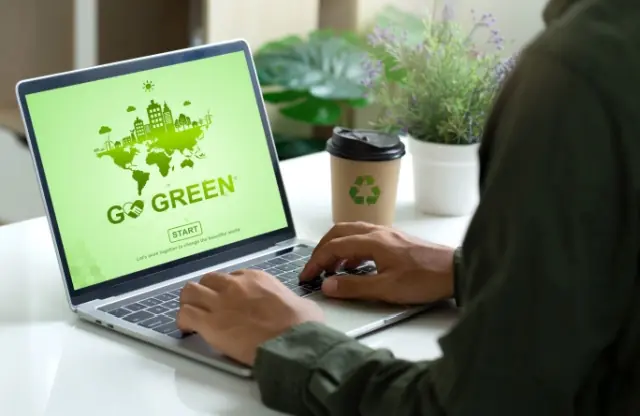
Closed Loop Systems in Sustainability Reporting: How Report Yak Helps You Lead
Closed loop systems offer powerful benefits for both sustainability reporting and business growth. By cutting waste, saving resources, and boosting efficiency, closed loop systems protect the environment. They also improve a company’s reputation and help them stand out in the market. Adopting these systems helps businesses follow sustainability rules and build stronger connections with eco-conscious customers and investors. The long-term advantages include cost savings, innovation opportunities, and increased competitiveness.
For businesses looking to elevate their sustainability efforts, Report Yak can be your partner in success. As India's leading report design agency, we specialize in sustainability reporting, annual reports, integrated reports, and ESG reports. Our award-winning portfolio showcases our expertise, and we work with clients globally to ensure top-tier reporting.
Ready to boost your sustainability efforts? Visit our Showcase page or explore our Services section to see how we can help. For more inquiries, email us at contact@reportyak.com, WhatsApp us, call 1800 121 5955 (India), or submit your details via our Contact Form. We’ll respond promptly to your needs.
Related Posts
-
How To Adopt BRSR Guidelines For Success
Oct 15, 2025Share
Copy Url
Simplifying ESG Disclosure for Better Impact
corporate reportingenvironmental and social initiatives
+6
Aug 28, 2025Share
Copy Url
GRI Sustainability Taxonomy: Learn How to Turn Data Into Advantage
corporate governancecorporate reporting
+11
Jul 1, 2025Share
Copy Url


